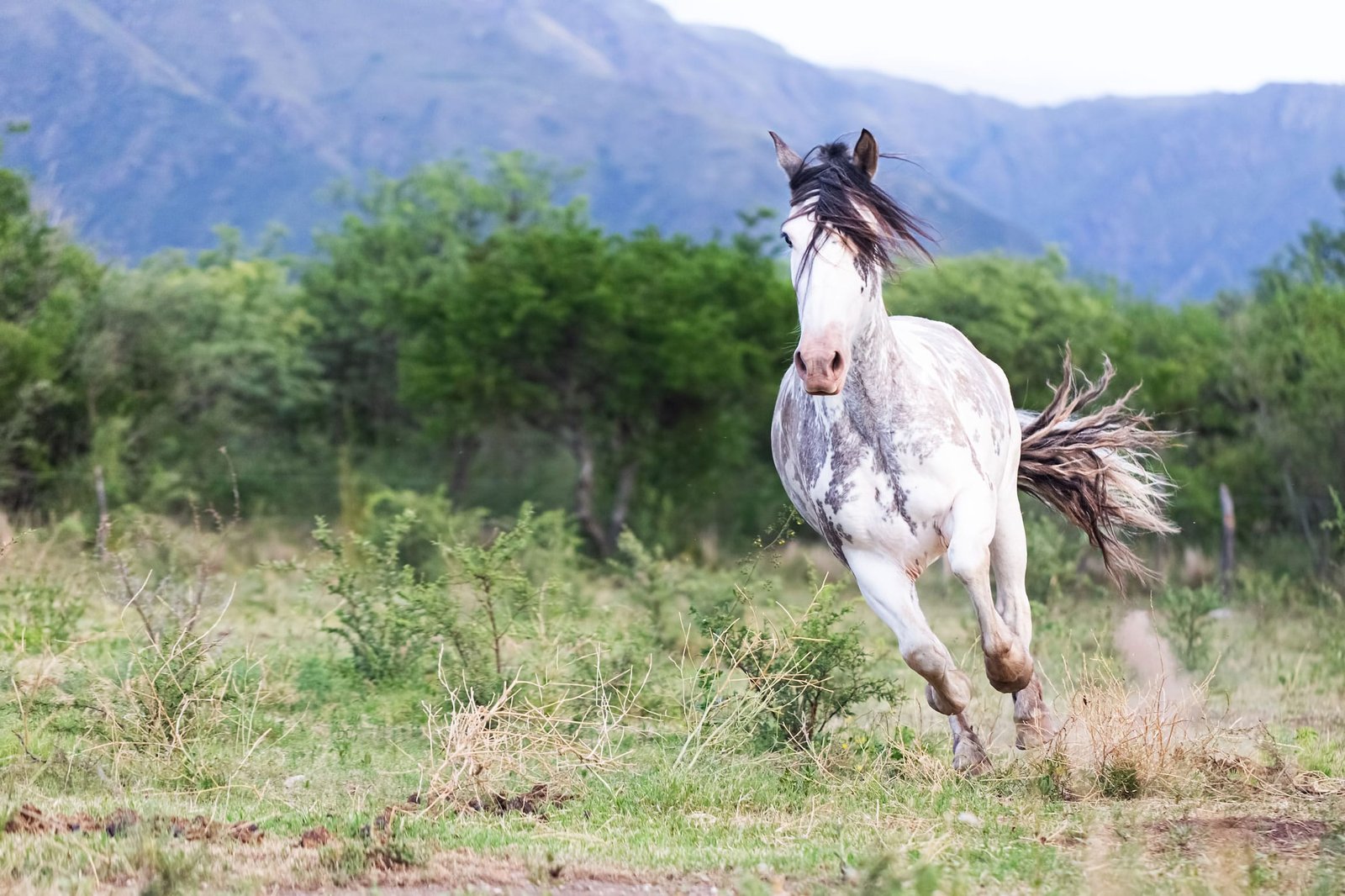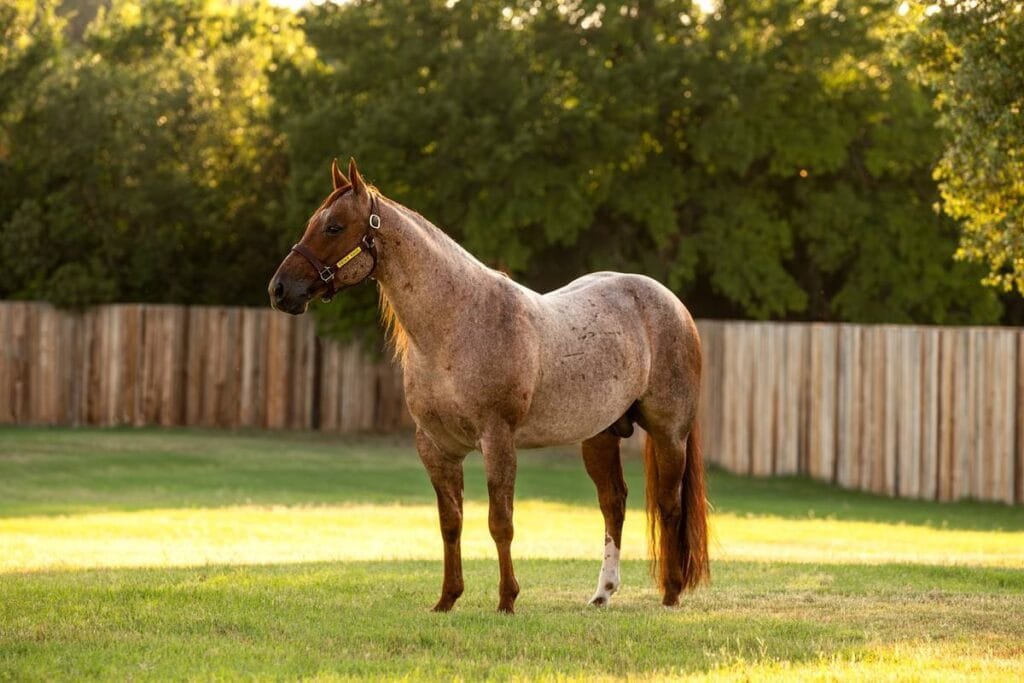Strength, endurance, and adaptability to diverse environments.
The Criollo horse stands as a testament to the resilience and adaptability of South America’s natural heritage. Its history intertwined with the continent’s cultures and its endurance in challenging environments make it a true icon. As efforts continue to preserve this remarkable breed, the Criollo remains a source of pride and inspiration, embodying the spirit of the land it has called home for centuries.
Origins and History
The Criollo horse traces its origins back to the horses brought to the Americas by Spanish conquistadors in the 16th century. These horses, primarily of Andalusian, Barb, and Arabian descent, were hardy and well-suited to the rugged terrain and varying climates of the continent. Over time, these horses interbred with local stock, resulting in the development of what we now know as the Criollo breed.The breed quickly adapted to the diverse landscapes of South America, from the humid forests of Brazil to the arid plains of Argentina and the high altitudes of the Andes mountains. This adaptability was crucial for its survival and proliferation across the continent
Physical Characteristics
Criollo horses are typically small to medium-sized, standing between 13.2 to 15.2 hands high (54 to 62 inches at the shoulder). They have a compact, muscular build with a strong skeletal structure, making them well-suited for endurance riding and long journeys across varied terrain.Their coats come in a range of colors, including bay, chestnut, black, and gray. The mane and tail are usually full and flowing, adding to their majestic appearance. Their eyes are expressive, reflecting their intelligence and alertness.
Traits and Temperament
One of the most remarkable features of the Criollo horse is its resilience and endurance. They have a remarkable ability to thrive on minimal food and water, a trait inherited from their ancestors who roamed the vast plains of South America.Criollos are known for their sure-footedness and agility, making them excellent for trekking through challenging landscapes. They have a calm temperament, known for their loyalty and willingness to work closely with humans.

Uses and Versatility
Throughout history, Criollo horses have been invaluable to the people of South America. They have served as trusted companions for long-distance travel, whether across the pampas of Argentina or through the dense jungles of the Amazon. Their stamina and durability have made them ideal for cattle herding, as well as for use in various equestrian sports such as endurance riding and polo.
Conservation Efforts
Despite their historical significance and adaptability, Criollo horses face challenges in the modern world. Conservation efforts are underway to preserve and promote the breed, recognizing its cultural and genetic importance. Organizations across South America work to maintain the purity of the Criollo bloodlines and ensure their continued survival for future generations to appreciate and enjoy.
FAQ About Criollo Horse
. What is a Criollo horse?
- The Criollo horse is a breed from South America known for its strength, adaptability, and endurance. It developed from horses brought by Spanish explorers centuries ago, adapting to the continent’s diverse environments.
. What do Criollo horses look like?
- Criollos are usually small to medium-sized with strong muscles. They come in colors like bay, chestnut, black, and gray, often with flowing manes and tails.
. What makes Criollo horses special?
- They’re prized for their ability to thrive in tough conditions with little care. They’re excellent at covering long distances and navigating challenging terrains.
. What are Criollo horses used for?
- Traditionally, they’ve been used for cattle herding. Today, they’re also popular for endurance riding, ranch work, and sports like polo due to their versatility.
Are Criollo horses endangered?
- While not endangered, conservation efforts aim to preserve their unique genetics and cultural importance in South American countries.
. How do Criollo horses contribute to South American culture?
- They symbolize resilience and independence and play roles in local traditions and stories across South America.
. Where are Criollo horses found today?
- They’re primarily found in South American countries such as Argentina, Uruguay, Brazil, and Chile, where they’re bred and used extensively.
. Can anyone ride Criollo horses?
- Yes, their calm nature and adaptability make them suitable for riders of different skill levels, including beginners.




